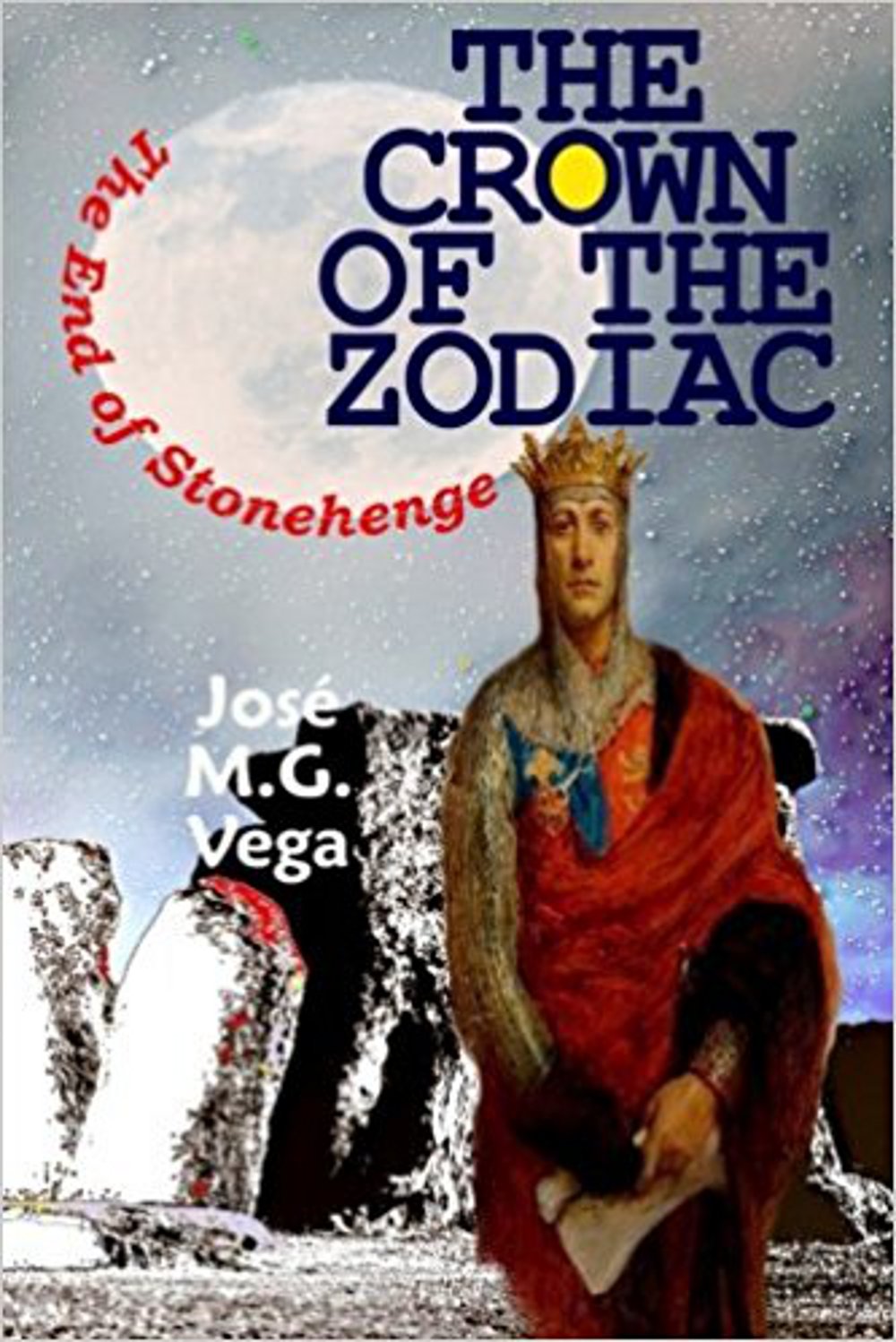 After several weeks of pedaling and visiting temples of breathtaking beauty, I reached the base of the mountain where Antaiji is located. From there, I had only four kilometers uphill to visit one of the major Zen temples in Japan, and during the Rohatsu, the most important meditation retreat of the year.
After several weeks of pedaling and visiting temples of breathtaking beauty, I reached the base of the mountain where Antaiji is located. From there, I had only four kilometers uphill to visit one of the major Zen temples in Japan, and during the Rohatsu, the most important meditation retreat of the year.
As I climbed, I speculated on the number of monks and meditators gathered for the occasion. The narrowness of the path did not anticipate the plain that opened at the end, with the monastery centered on it, and larger than expected.
I knocked on the door and, to my surprise, a German monk opened it. I was intrigued by the silence and the absence of bustle I assumed intrinsic to such important retreat. We later had dinner in the only room heated by a wood stove placed in the center.
The conversation over dinner left me stunned. He was the only resident monk, the heir of Antaiji. The last master had died last winter after falling off a cliff while removing snow from the path. From that tragic event, the monks, already a few, began to emigrate to other temples, and so he was left alone. He had just married a young Japanese woman, and both were all the staff at Antaiji.
The participants at that year’s Rohatsu (2002) would be him and me. I was devastated.
The retreat went smoothly and ended with the intense cold that announced the first snowfall of winter. I descended the mountain, while above began to snow.






 CLIMBSKIN
CLIMBSKIN
2 comments
Comments feed for this article
May 28, 2012 at 9:36 pm
Alice
Somehow reading this post makes me feel sad but realistic. Along with the severe coldness, the scenes of the empty Antaiji, the tragedy of the teacher, the left alone monk with a wife, and the dark Rohatsu, tell me that cultivation is a path that can be very lonely, yet we have to go through. This doesn’t only reflect to the external circumstances but also to our internal journey, the most difficult.
May 28, 2012 at 11:09 pm
Manuel
That’s the feeling i wanted to convey because that’s how i felt at that time. Said that, loneliness is not related to our social life. Alone and lonely are very different words. A good cultivator won’t feel lonely, not even alone in a cave lost in a far away mountain.